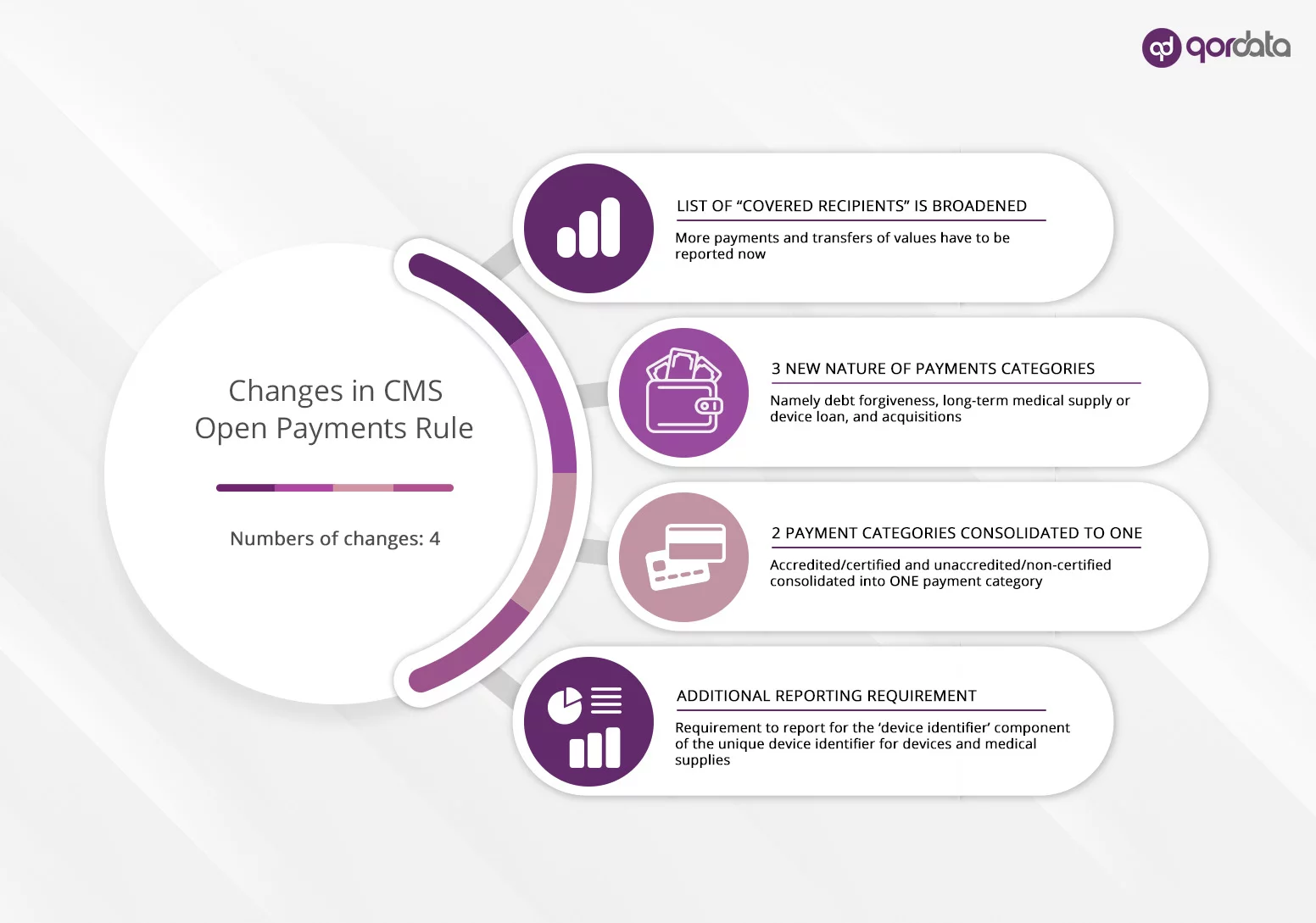The U.S. Department of Justice (DOJ) doubled the penalties for False Claims Act (FCA) violations on the 1st of August, 2016. As of August 1, the penalties have been increased from $5,500 to $11,000 per claim to $10,781.40 and $21,562.80 per claim. Of course, the threat of triple damages remains in place.
Announced back in June 2016, a new annual standard for determining inflation for civil penalties is now in place. As per the Section 701 of the Bipartisan Budget Act of 2015, Pub. L. 114-74 (Nov. 2, 2015), it is necessary for federal agencies to update the civil monetary penalties within their jurisdiction to account for inflation. Hence, it was deemed necessary for the heads of all agencies to make adjustments to the civil monetary penalties by means of an interim final rule before July 1, 2016, and ensure that it takes effect by August 1, 2016.
The 2016 adjustments made by agencies were referred to as a ‘catch-up’ and reflected the difference between the Consumer Price Index (CPI) in October of the year in which the penalty was last adjusted and the CPI for October 2015. Considering the fact that the FCA’s civil monetary penalties were last adjusted back in August 1996, this change has captured nearly 20 years of inflation.
The Impact of This Change
The initiation of this change is expected to trigger the following three impacts:
- Regardless of their innocence, this change will push sued companies to settle faster and perhaps even for larger amounts.
- It will provide whistleblowers with the encouragement they need to bring more claims, irrespective of how frivolous they are, in their search for big paydays.
- Compliance officers who are already overburdened will, together with their departments, face further pressure to fix potential issues that might lead to a false claim.
The implication of these new penalties means more work, higher costs, and little to no respite for pharmaceutical companies. Such companies should now either create a dedicated compliance department or come up with a rigid plan to determine how well their current compliance department is functioning – and the best time to start doing that is RIGHT NOW.



